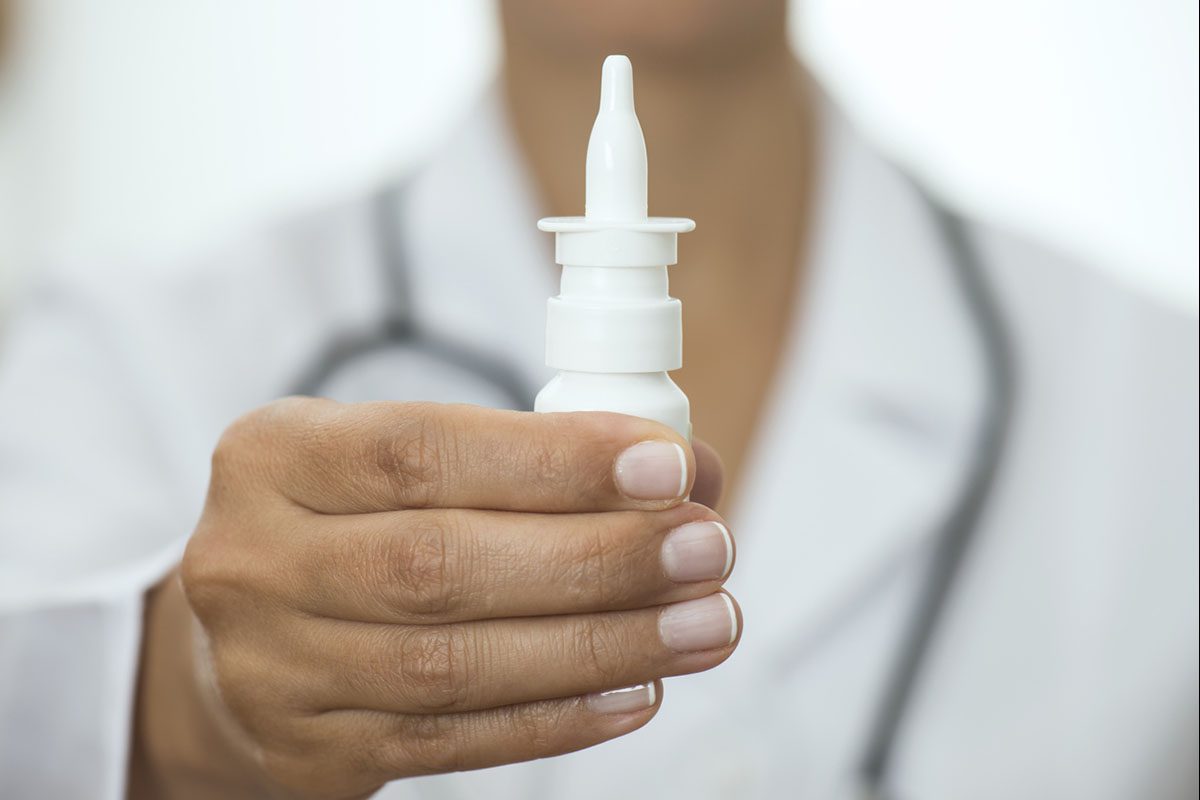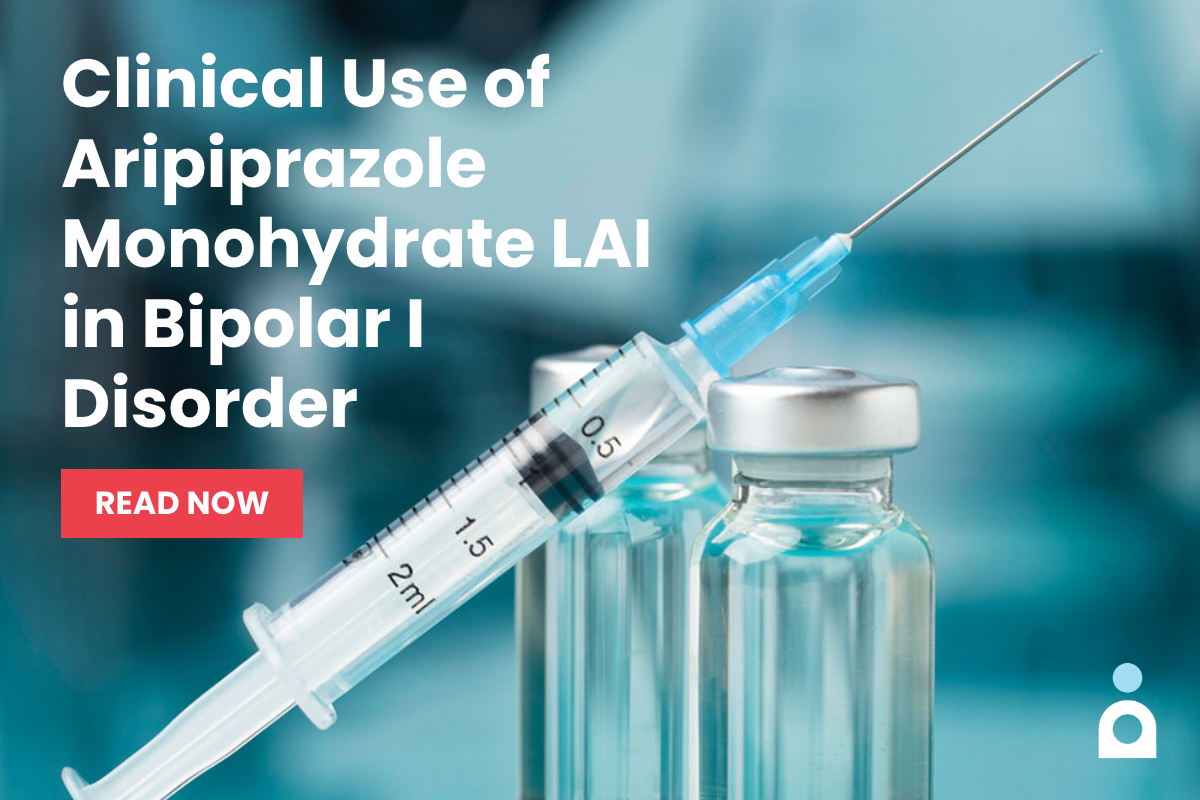Objective: High-frequency repetitive transcranial magnetic stimulation (HF-rTMS) is a safe and effective treatment for major depression. However, its utility as a strategy to accelerate and improve clinical response to antidepressants is still unclear.
Data Sources: We searched the literature from 1995 through May 2012 using EMBASE, PsycINFO, Cochrane Central Register of Controlled Trials, Scopus, and ProQuest Dissertations and Theses, and, from October 2008 until May 2012, by using MEDLINE. We included only studies written in the English language.
Study Selection: We selected all randomized, double-blind, and sham-controlled trials on HF-rTMS used as an accelerating (add-on) strategy to antidepressants for major depression.
Data Extraction: We performed a random effects meta-analysis using odds ratios (ORs) for response and remission rates following HF-rTMS and sham rTMS. Two time points were considered: the end of the add-on HF-rTMS stimulation period (T1) and the end of the study (T2).
Results: Data were obtained from 6 randomized controlled trials (RCTs), totaling 392 subjects with major depression. For T1 (at mean ± SD 2.67 ± 0.82 weeks following start of combined rTMS + antidepressant treatment), 6 studies reported on response and 4 on remission rates. We found significantly higher response rates for active HF-rTMS (43.3%; 84/194) compared to sham rTMS (26.8%; 53/198) (OR = 2.5; 95% CI, 1.12-5.56; P = .025); however, remission rates did not differ between groups (P = .33). Heterogeneity between the included RCTs reporting data on response and remission rates at T1 was significant (response: Q5 = 11.4, P = .044, I2 = 56.12; remission: Q3 = 12.24, P = .007, I2 = 75.45). For study end (T2; at mean ± SD 6.80 ± 3.11 weeks following start of combined rTMS + antidepressant treatment), 5 studies reported on response and 4 on remission rates; overall, response rates at T2 were significantly higher for subjects receiving HF-rTMS in comparison to those receiving sham rTMS (62% [104/168] and 46% [79/172], respectively; OR = 1.9; 95% CI, 1.003-3.56; P = .049). Also, 53.8% (57/106) and 38.64% (36/107) of subjects receiving active HF-rTMS and sham rTMS, respectively, were in remission at T2 (OR = 2.42; 95% CI, 1.27-4.61; P = .007). Heterogeneity between the included RCTs reporting data on remission rates at T2 was not significant, although RCTs reporting on response rates at T2 were heterogeneous. The baseline depression scores for active and sham rTMS groups were similar. Finally, HF-rTMS was comparable to sham rTMS in terms of dropout rates.
Conclusions: HF-rTMS is a promising strategy for accelerating clinical response to antidepressants in major depression, providing clinically meaningful benefits that are comparable to those of other agents such as triiodothyronine and pindolol. Furthermore, HF-rTMS seems to be an acceptable treatment for depressed subjects.
J Clin Psychiatry 2013;74(2):e122-e129
© Copyright 2013 Physicians Postgraduate Press, Inc.
Submitted: July 3, 2012; accepted September 26, 2012 (doi:10.4088/JCP.12r07996).
Corresponding author: Marcelo T. Berlim, MD, MSc, Douglas Mental Health University Institute, 6875 LaSalle Blvd, FBC-3 Pavilion, Montrשal, Quשbec, Canada, H4H 1R3 ([email protected]).
Members Only Content
This full article is available exclusively to Professional tier members. Subscribe now to unlock the HTML version and gain unlimited access to our entire library plus all PDFs. If you’re already a subscriber, please log in below to continue reading.
Please sign in or purchase this PDF for $40.00.
Already a member? Login



